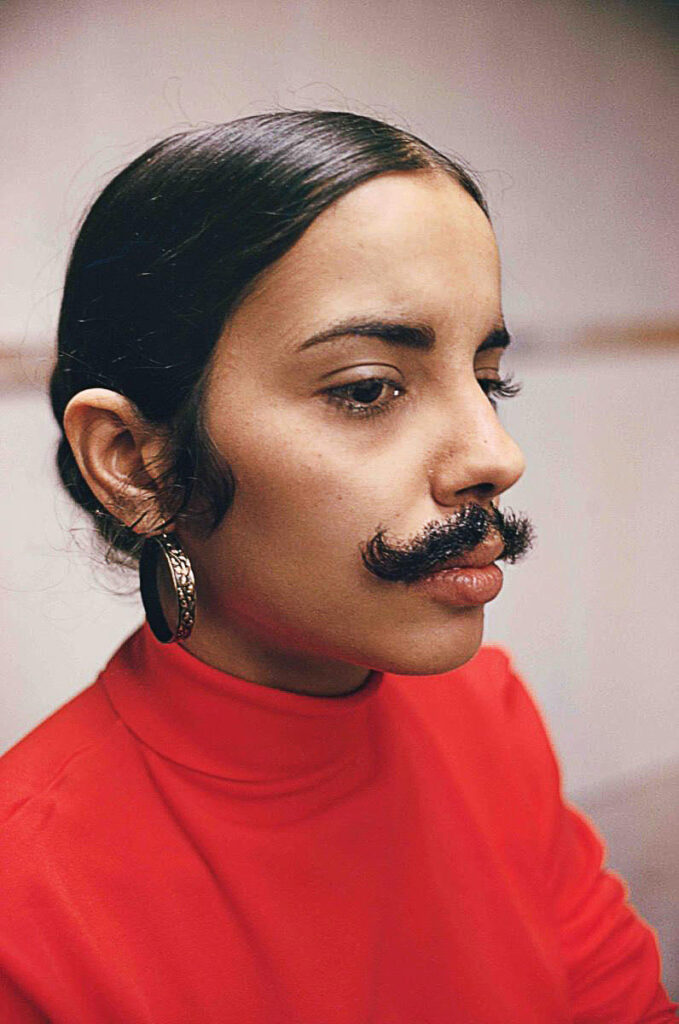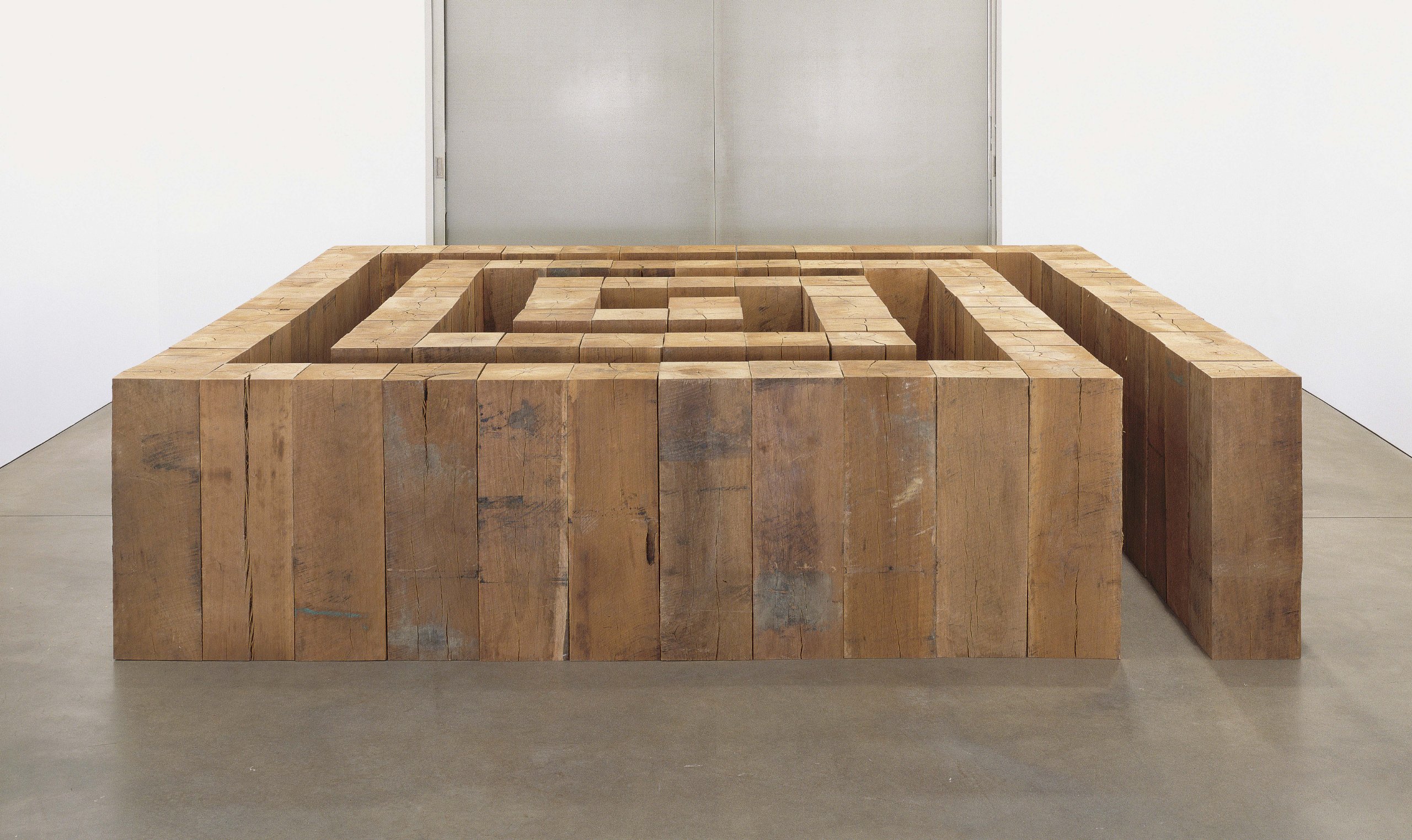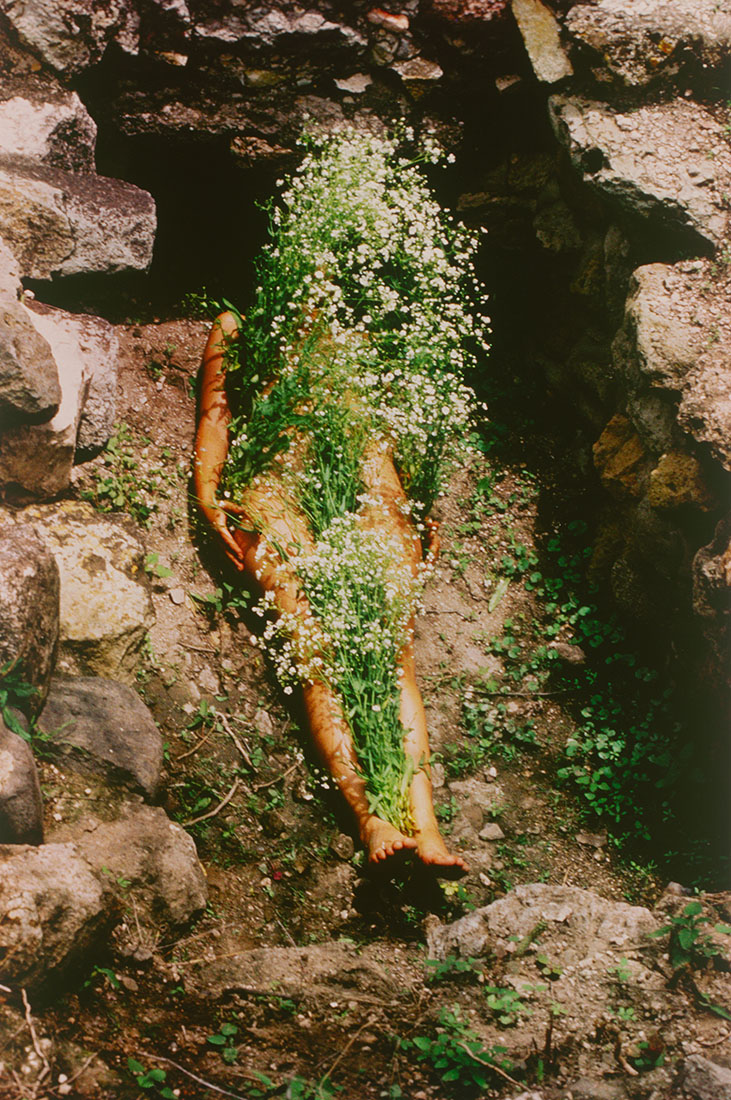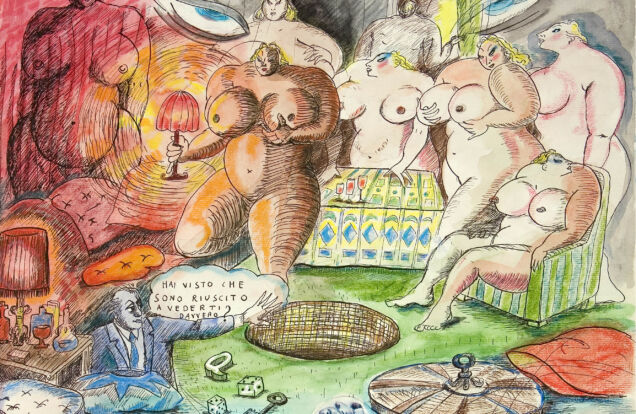ARTIST COUPLES
4 Stories of Co-Creations + Women Behind Great Art
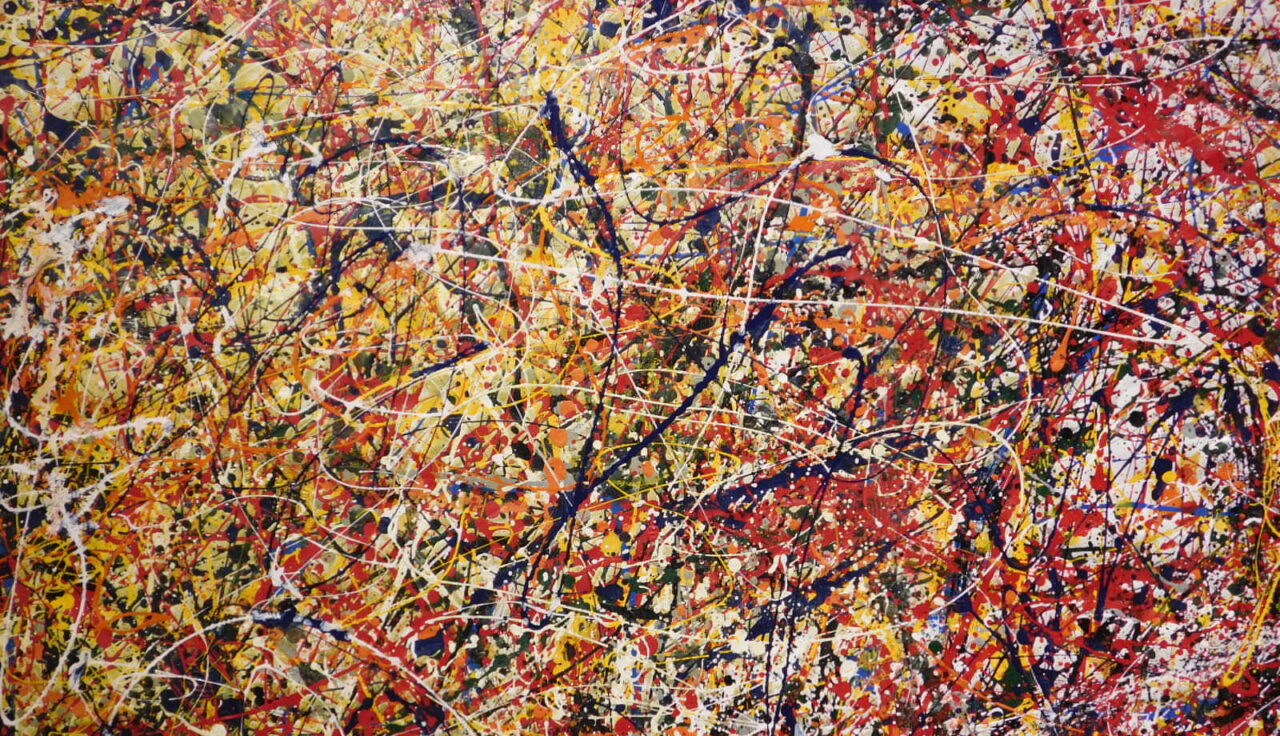
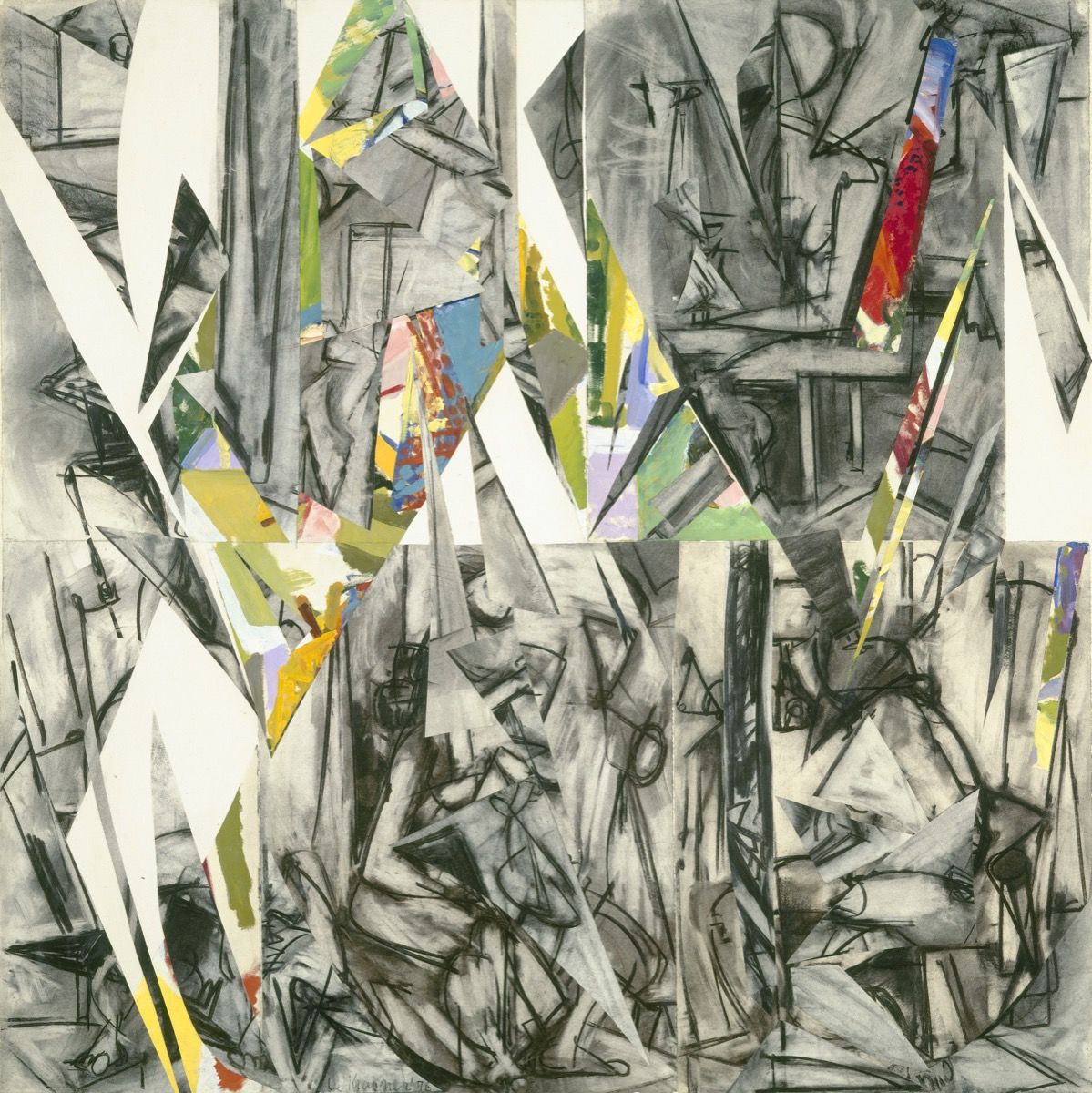
We have all heard of famous artist couples that helped shape the history of art. Take, for instance, Frida Kahlo and Diego Rivera, Marina Abramovic and Ulay, or Man Ray and Lee Miller.
Even though women played a crucial role in the development of different artistic movements, many of them tend to only be remembered as someone’s “wife”, or as the “muse” of their artistic male partners, instead of artists in their own right. No matter how outstanding or revolutionary their work was these women could not escape the constant comparisons to men, or common misogynistic comments and evaluations of their work. For example, one of Lee Krasner’s former professors and an admirer of her work once described it as “so good you would not know it was by a woman.” In Pensées d’une amazone (1920), playwright Natalie Clifford Barney states: “We will be better that the wife, the mother or the sister of a man, we will be the female brother of a man.”
Many of the artworks created as a result of collaborations between artist couples have been misattributed as being the work of a solo male artist, with their female partners struggling to receive the recognition they deserve. Some exhibitions (such as the Modern Couples. Art, Intimacy and the Avant-garde exhibit held at the Barbican Centre, London, in 2018) have made an effort to explore and bring these co-creations to light, but many art history textbooks have failed to do so.
The four stories mentioned below are just a small sample of these collaborations, as well as a look into the lives and coexistence of artist couples, with some experiences being positive and others extremely tragic.
LEONORA CARRINGTON AND MAX ERNST
Young British art student Leonora Carrington met 47-year-old Max Ernst at a dinner party in 1937, when she was just 19 years old. Despite being married at the time, Ernst, a renowned German Surrealist painter, immediately became drawn to his young admirer, who had first been introduced to his work at an exhibition in London.
Having never wanted to conform to the life her parents wanted for her, Carrington escaped to Paris with Ernst, who separated from his wife, and the couple ended up settling down for a few years in a house in St Martin d’Ardèche. They turned their nest into a three-dimensional artwork, spending their days inspiring and loving each other, as well as producing many important artworks, including Leonora’s Portrait of Max Ernst (1939) and her self-portrait The Inn of the Dawn Horse (1937-8). Although this was a happy time for both of them, Carrington felt emotionally, physically and artistically controlled by Ernst, something that can be seen in many of the paintings she produced.
The pair was separated when Ernst was detained by French authorities, and Carrington traveled to Spain in hopes of finding a way to help him, but ended up committing to a psychiatric hospital in Santander following a breakdown at the British Embassy in Madrid. This was a traumatizing time for her, as she underwent extreme psychological and physical abuse. She eventually traveled to Lisbon in search of Mexican poet Renato Leduc, whom she married seeking diplomatic immunity, and accompanied him to New York before finally settling down in Mexico for the remainder of her life. Ernst also traveled to New York at this time alongside his new wife who had helped liberate him, millionaire Peggy Guggenheim. This was the only time the pair reunited following their tragic separation, and on this event Carrington gave Ernst her portrait of him and, in return, he gave her his painting Leonora in the Morning Light (1940).
Leonora spent the remainder of her life in Mexico, where she married Emerico Weisz and continued her artistic work, which also included writing. She is remembered as a feminist heroine, not only because of her brave and rebellious youth but also due to her involvement in the Women’s Liberation Movement in Mexico.
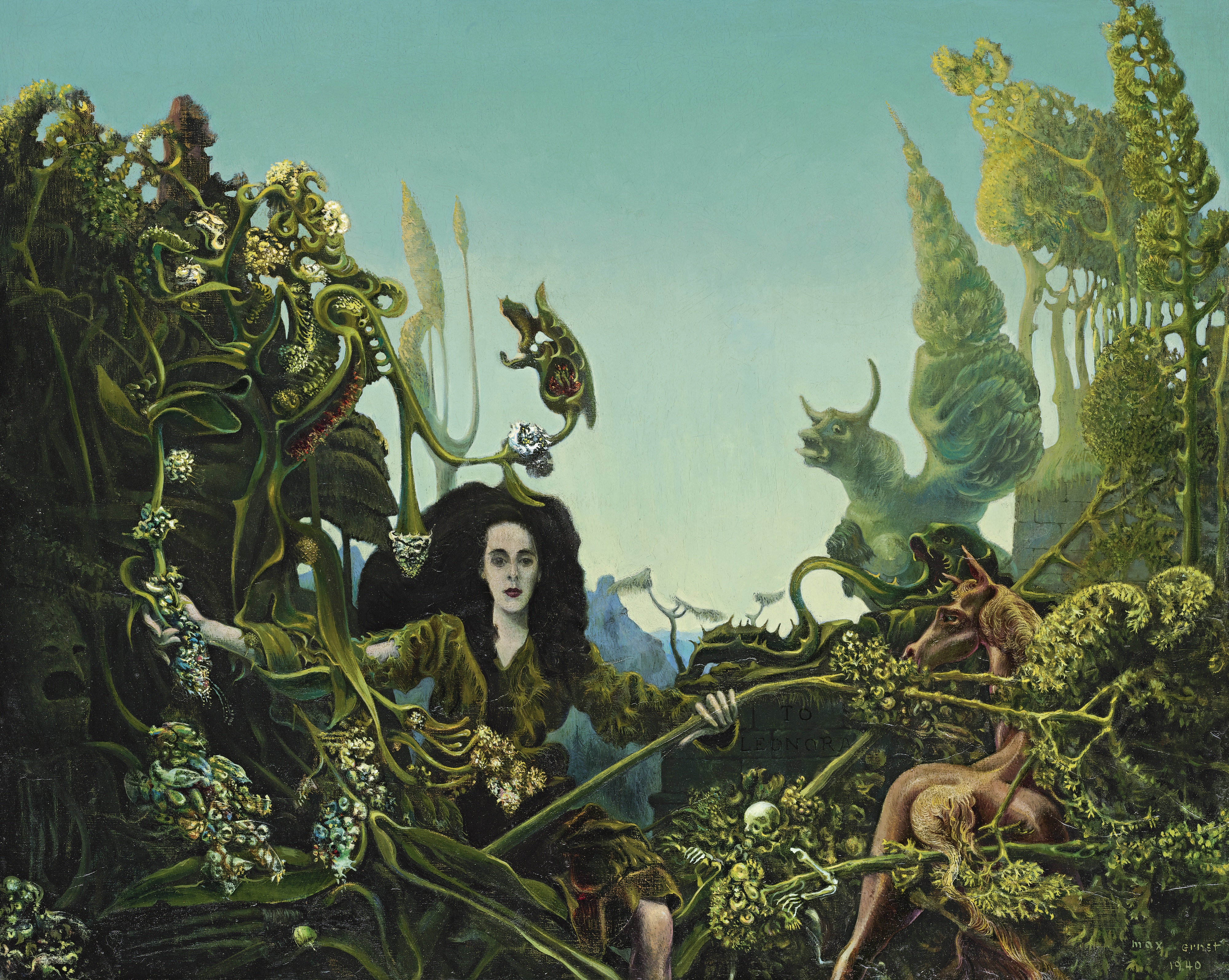
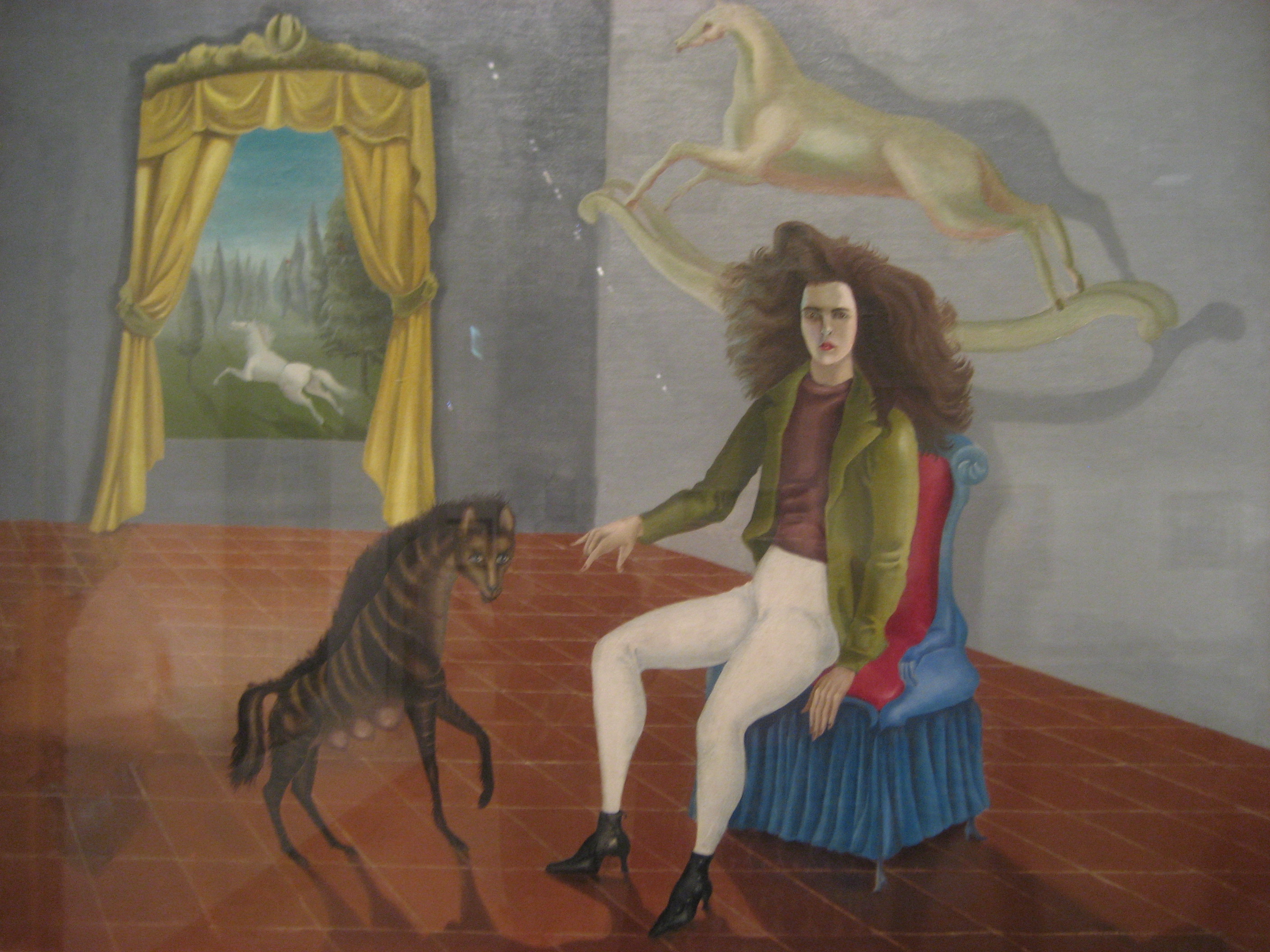
LEE KRASNER AND JACKSON POLLOCK
Jackson Pollock and Lee Krasner are both big names in the art world, but not many people know just how much Krasner contributed to Pollock’s work and his journey to becoming the great artist he is remembered as today.
Since birth, Jackson Pollock was extremely ill tempered, a personality trait that may have been the result of his complicated relationship with his mother, and he struggled with alcoholism for most of his life. The pair’s first encounter was not a good one, as he drunkenly approached Lee at a party in 1936 in a manner that resulted in him receiving a slap in the face. Their second encounter, at his studio five years later due to a group exhibition they were both a part of, was a much more positive experience and the couple fell in love and married in 1945.
Krasner was Pollock’s biggest supporter, constantly lifting him up when negative criticism of his work would affect his confidence and productivity. A successful artist herself, she practically abandoned her work to help and support her husband full time. She pushed him to take important steps in his career and managed to reduce his alcoholic tendencies enough to allow his creativity to really shine.
Despite Pollock’s work not selling well, Krasner really believed in her husband and even introduced him to Peggy Guggenheim, mentioned previously, who helped organize several exhibitions of his works, although none of them were successful. This all changed when, in 1947, Pollock invented his signature style of drip painting, causing his career to finally take off. Sadly, during this period of immense success, alcoholism began once again to take control of the painter’s life, reducing the quality of his work and worsening his temper. Lee began to fear for her safety and eventually left him when he began having an affair with the 26-year-old artist Ruth Kligman. A few months later Pollock passed away in a car crash while driving under the influence at the age of 44.
It was only after Jackson’s death that Lee picked up the paintbrush again and created some of her greatest works, slowly moving away from the influence of her late husband’s work.
Not many people are aware of how crucial Krasner’s role was in Pollock’s journey to success, and even though she had a long journey as an artist both before and after being married to him, she sadly lived in his shadow for most of her life.

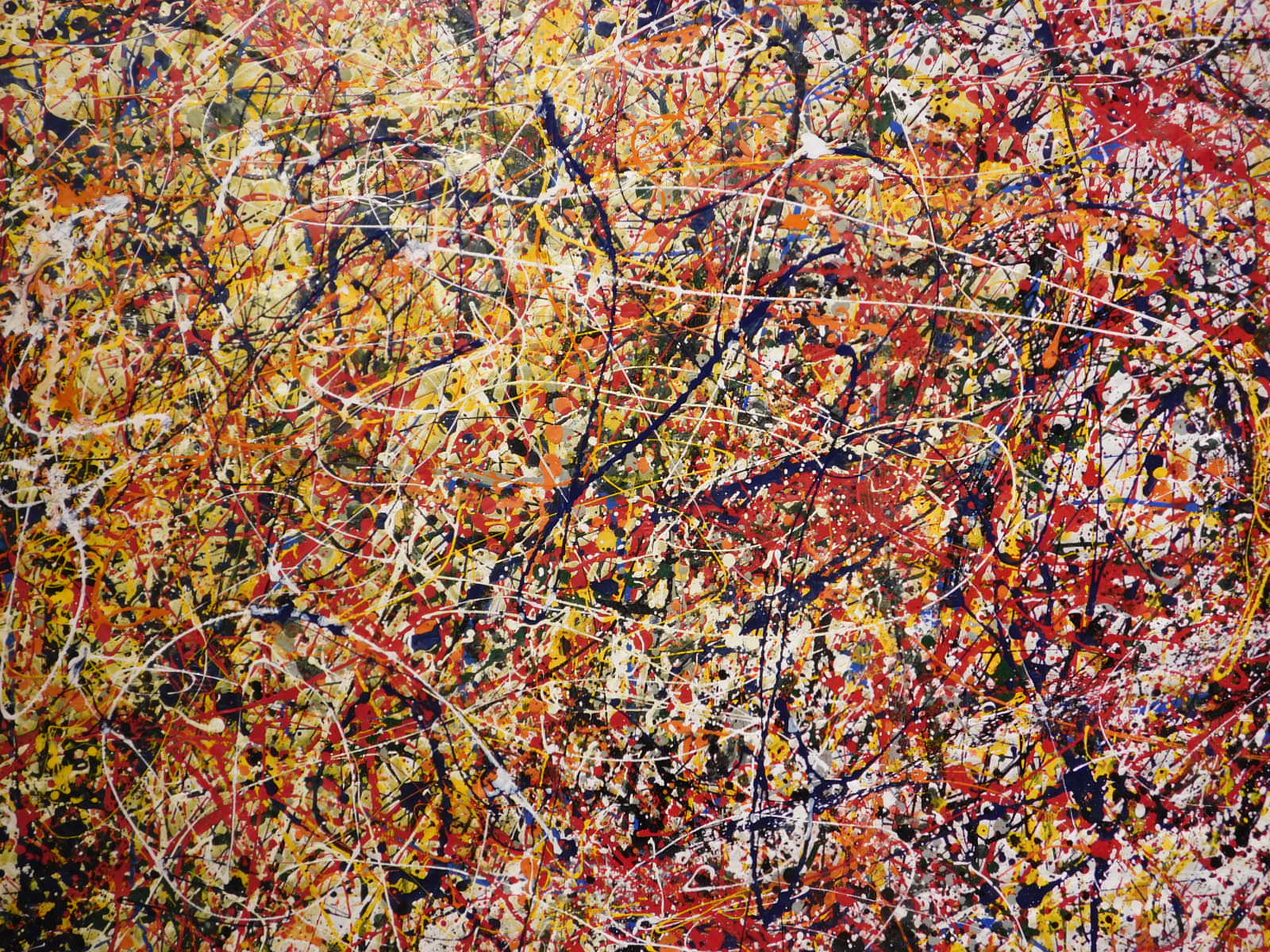
GEORGIA O’KEEFFE AND ALFRED STIEGLITZ
A story of an artist couple that worked in completely different mediums is that of Georgia O’Keeffe and Alfred Stieglitz. O’Keeffe, a young painter just gaining recognition, met Alfred Stieglitz, a married photographer and art promoter, when he was shown a sample of her work that he loved so much he exhibited it at 291 gallery without her permission. Upon meeting to discuss this incident, the pair grew extremely fond of each other and began exchanging letters and poems, a correspondence that lasted for years until, in 1918, O’Keeffe moved to New York from Texas after Stieglitz promised her a space of her own where she could work on her art. Once they were in the same city he began producing the first of many photographs of Georgia, mostly nudes, and his wife Emily ultimately caught them in the act. After this the two artists went to live together, but weren’t able to marry until several years later when Stieglitz’s divorce was finalized.
Although both artists were each other’s biggest inspirations —Georgia being the subject of a large part of Stieglitz’s most important body of work— they would also spend time apart working on their own respective projects. On one of these occasions, Stieglitz spent some time photographing Paul Strand’s new wife Beck Strand. He became infatuated with her, an attraction that eventually lead to an affair. Upon her return from New Mexico Georgia was aware of what had happened but didn’t consider it a significant issue and actually ended up having an affair with Beck herself a few years later.
Biographer Benita Eisler described their relationship as “a collusion … a system of deals and trade-offs, tacitly agreed to and carried out, for the most part, without the exchange of a word. Preferring avoidance to confrontation on most issues, O’Keeffe was the principal agent of collusion in their union.”
Stieglitz’s photographs of O’Keeffe are still considered some of his greatest photographic work, but what really made them so different and special was Georgia’s energetic and expressive personality.
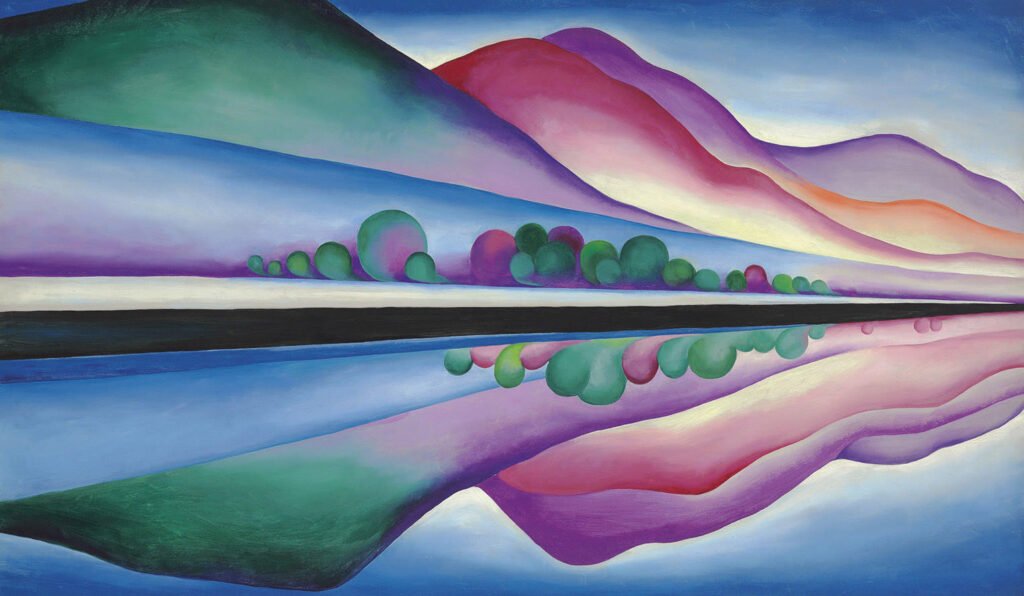
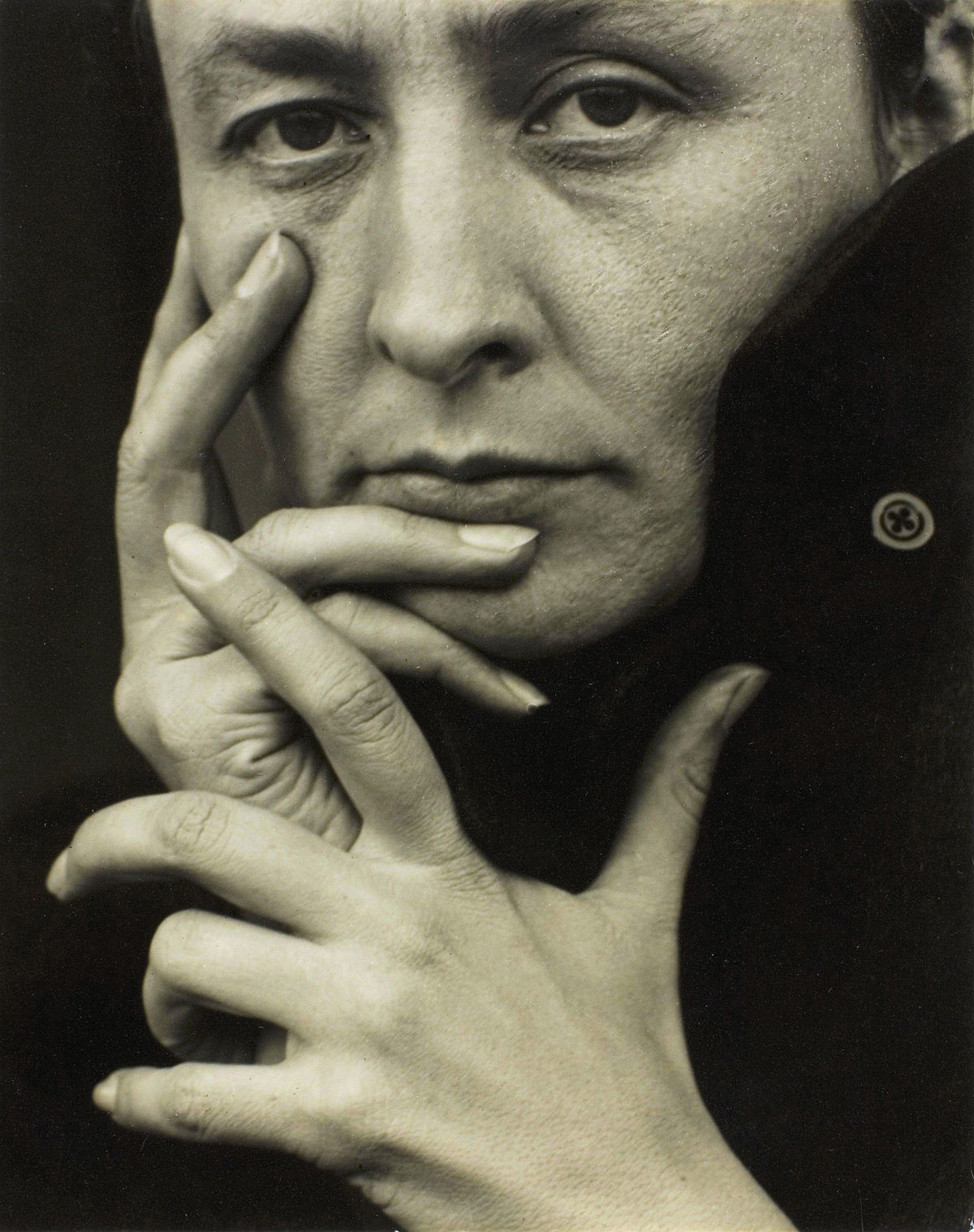
ANA MENDIETA AND CARL ANDRE
The story of Ana Mendieta and Carl Andre is the most tragic of the ones mentioned, as well as a more contemporary one. Andre’s work can be seen to this day in many important museums, but not all visitors admiring his work on a daily basis are aware of the horrible things their creator is believed to have done.
Ana Mendieta was born in 1948 in Havana, Cuba. Having grown up in a middle-class family, she was sent to Iowa with her sister at a fairly young age, as her father feared for their safety due to his involvement in the organization of counter-revolutionary activities in Cuba. As a teenager she discovered her love of art and in college most of her work focused on violence towards women. She is best known for are her “earth-body” works, and she was extremely influenced by her own personal experience and the avant-garde, focusing on themes such as feminism, identity, violence, life and death. Her famous Silueta Series (1973-1980) consisted of creating female silhouettes in nature by using different natural elements, including blood, and exploring the connection between the Earth and the naked body. She also created numerous performance art pieces as reactions to unjust and misogynistic events occurring in the world, the power of female sexuality, as well as her relationship to her native Cuba.
Mendieta moved to New York in 1978, where she met Carl Andre through mutual friend artist Nancy Spero. Their relationship was intriguing to many, as they had completely opposite personalities: Ana was feisty and assertive and Carl was cold and distant. But their differences, as many of their close friends recall, were what drew them to one another. Their work was also completely different, as Carl chose a more methodical approach to his relatively minimalist art.
Towards the later part of their relationship the demand for Minimalist art was decreasing and that was something that became a common topic of discussion during the couples constant drunken arguments. Despite this, they married in Rome in January of 1985 but would only be married for eight months before tragedy struck. On Thursday September 8th Mendieta fell out the window of the couple’s 34th-floor apartment in New York City. In his 911 call Andre stated: “My wife is an artist, and I’m an artist, and we had a quarrel about the fact that I was more, eh, exposed to the public than she was. And she went to the bedroom, and I went after her, and she went out the window.” To this day it is unknown if Carl is responsible for Ana’s death, but he was acquitted of all the charges against him in 1988, a decision that remains controversial to this day and has caused countless protests at events in which his work is featured, condemning an extremely male-dominated art establishment that still allows his work to be exhibited and seems to have forgotten about Mendieta.
Ana will forever be remembered as a revolutionary artist and feminist icon who would have gone on to create outstanding work if her life had not been taken from her so soon.
